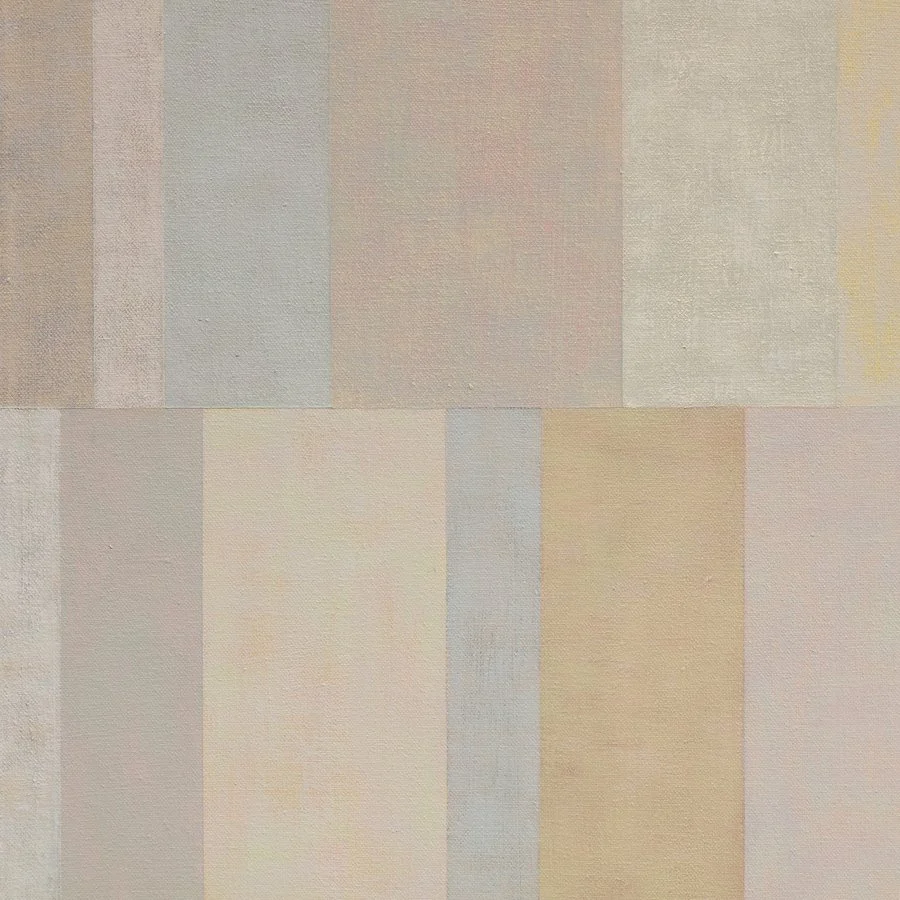On my last day vacationing by the Ottawa river yesterday, I finished reading a book about Francis Bacon - interviews, commentaries - a lot of it setting out his biography and how it related to his work. After awhile, knowing all the sordid, twisted details of his life started to actually take away from his work for me, not add to its power. The author repeats over and over how carefully Bacon managed his image, but interestingly Bacon seemed more guarded about how he felt about art and his own work than he did about revealing his private (and not-so-private) demons. Considering I've started this blog, and am revealing almost daily my thoughts and feelings about my work and art in general, it's made me think about whether that sense of "mystery" that Bacon supposedly cultivated in his work really had anything to do with its success. While, as an artist, I'm fascinated with his process and his ideas, as a viewer, I think there can be just too much information. Obviously the viewing experience can be enriched by a deeper understanding of the historical and theoretical context of the work, but at the end of the day, it is a painting to be experienced visually. Isn't it? I hate to bring up Barthes again, but he touches on this idea when he writes of closing one's eyes to best see the photograph (or in my case, painting):
After I blogged the other day about moving to my dark side, I got an email from a friend who seemed a) surprised that I had a dark side, and b) perplexed that I would want to revel in that side to "suffer" for my art. While I think it is safe to say that I'm a half-full kind of girl, we certainly all have a dark side - traumas, insecurities, vulnerabilities. But it's not that I want to "suffer" for my art. Nor do I want my art to be a navel-gazing endeavor. I just think that art that taps into those unresolved or unsatisfied parts of ourselves connects with people in a more honest and meaningful way than art that is supported merely by interesting philosophical ideas. What I was trying to say, was that I want to be more fearless in my art. Art is a very revealing venture, whether you want it to be or not, and I think most often it is the bravest among us who create the best work.
"Absolute subjectivity is achieved only in a state, an effort, of silence (shutting your eyes is to make the image speak in silence). The photograph touches me if I withdraw it from its usual blah-blah: "Technique,", "Reality," "Reportage," "Art,", etc.: to say nothing, to shut my eyes, to allow the detail to rise of its own accord into affective consciousness." (Camera Lucida, p.55)Francis Bacon's paintings don't touch me because of my knowledge of his relationship with Peter Lacy, or of his reliance on the images of Muybridge and Velasquez, or of his alcoholic rampages. My relationship to his work may begin with sympathy, but a connection is made through empathy - the "I see how you feel", becomes an "I feel that too". I think viewers (and especially art historians) can go too far in trying to understand the ins and outs of the artist's perspective, when the artist's purpose is not to make a diaristic statement, but to evoke/provoke an experience in or connection with the viewer. Ambiguities and contradictions in the image keep the image alive and provide a forum to explore those aspects of our nature that lie buried within ourselves. I'm not sure what this means for this blog - but I certainly don't think you have to read it to experience my paintings. This is more about the journey than understanding any particular painting.
After I blogged the other day about moving to my dark side, I got an email from a friend who seemed a) surprised that I had a dark side, and b) perplexed that I would want to revel in that side to "suffer" for my art. While I think it is safe to say that I'm a half-full kind of girl, we certainly all have a dark side - traumas, insecurities, vulnerabilities. But it's not that I want to "suffer" for my art. Nor do I want my art to be a navel-gazing endeavor. I just think that art that taps into those unresolved or unsatisfied parts of ourselves connects with people in a more honest and meaningful way than art that is supported merely by interesting philosophical ideas. What I was trying to say, was that I want to be more fearless in my art. Art is a very revealing venture, whether you want it to be or not, and I think most often it is the bravest among us who create the best work.







